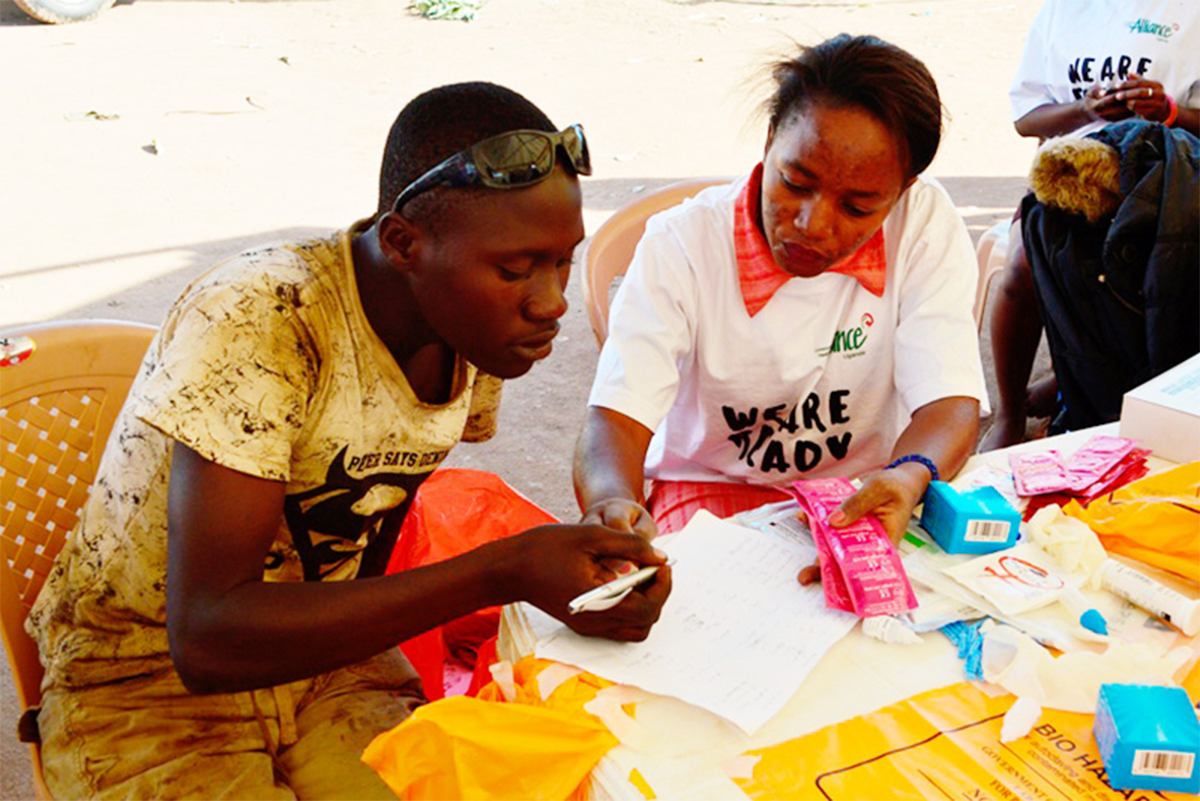Resilient Empowered Adolescent and Young person

With support from Ministry of foreign affairs of the government of Netherlands and International HIV/Aids Alliance through Community Health Alliance Uganda (CHAU), Peer To Peer Uganda (PEERU) is implemented a project called READY (Resilient Empowered Adolescent and Young person) in Uganda. The READY project was a 4.5-year program (2016-2020) being implemented in Ethiopia, Uganda and Burundi. The goal of the READY program was a healthy and empowered adolescent (10-19 years) who feel free and safe to express themselves and access the services and support they need.
The READY program primarily targets groups of adolescents aged 10-19 years most affected by HIV including adolescents living with HIV, adolescents selling or exchanging sex, and adolescents using drugs through static health facilities and outreach/mobile models with integrated SRHR/HIV services. This includes HCT, ART enrolment and adherence monitoring through home visits etc. The secondary target groups for the READY program are communities around adolescents, including parents/caregivers, religious leaders, teachers, police, and service providers. The purpose is to increase health seeking behaviors and uptake of quality integrated SRHR and HIV services and information for adolescents most affected HIV and upholds their sexual and reproductive rights. The program aims at enhancing social protection within communities, through use of innovative methods that lead to increased child parent/care giver/ community interaction including communication discussing SRH and HIV rights.
Geographical Coverage
The project operates in the geographical areas of Mityana, Luwero and Nakasongola districts.
The program works around four outcome areas:
- Resilient and empowered adolescents, who are better informed, make healthier choices and demand their rights (Two intervention areas Mentorship and leadership & Risk reduction)
- Families and communities promote the rights, health, wellbeing and security of adolescents and support their access to HIV and SRHR information, services and commodities (Has three intervention areas – Mentorship and leadership, Social protection and improved communication between adolescents and parents/caretakers)
- Increased access to, use of, and retention in, high quality HIV and SRHR services that are responsive to the specific needs of adolescents (has two intervention areas – Referrals and Linkages & access to services)
- Greater accountability amongst policy makers to the SRHR and HIV needs of adolescents (Has two intervention areas – Leadership engagement/Involvement and Documentation of success stories)

